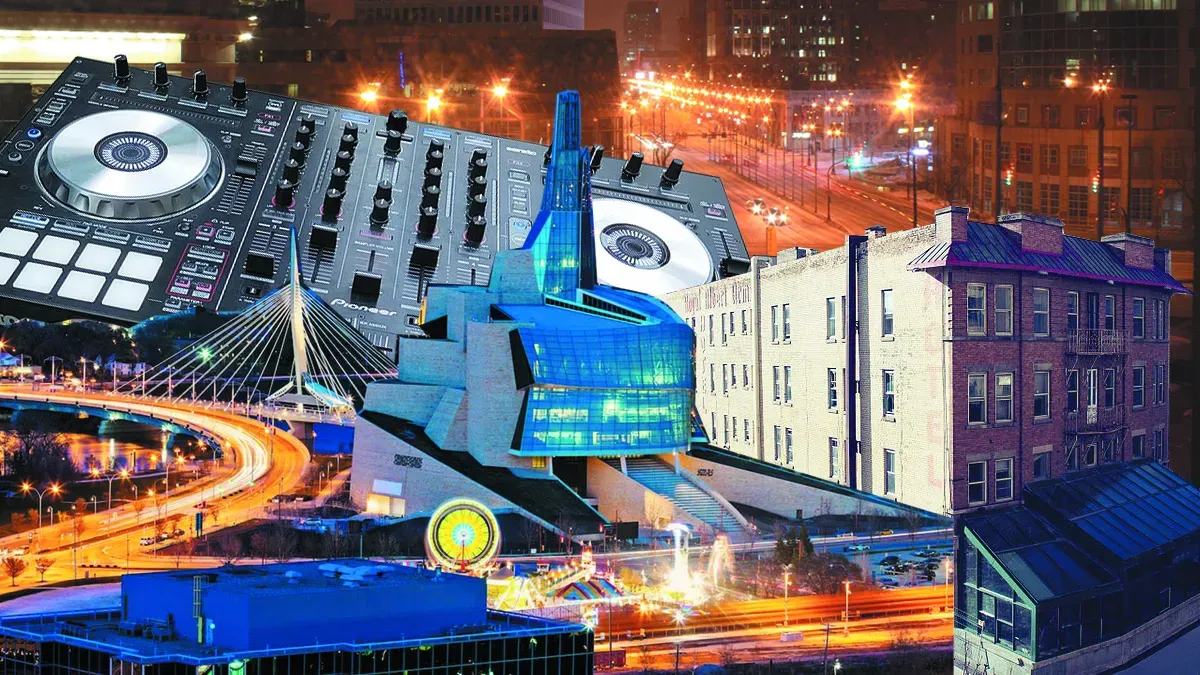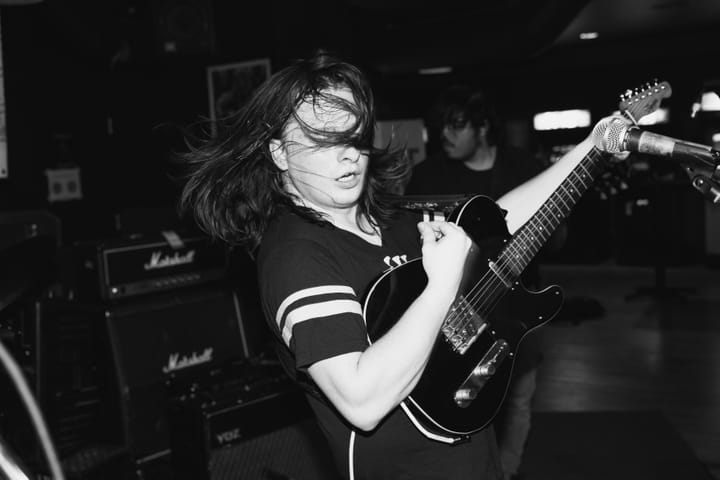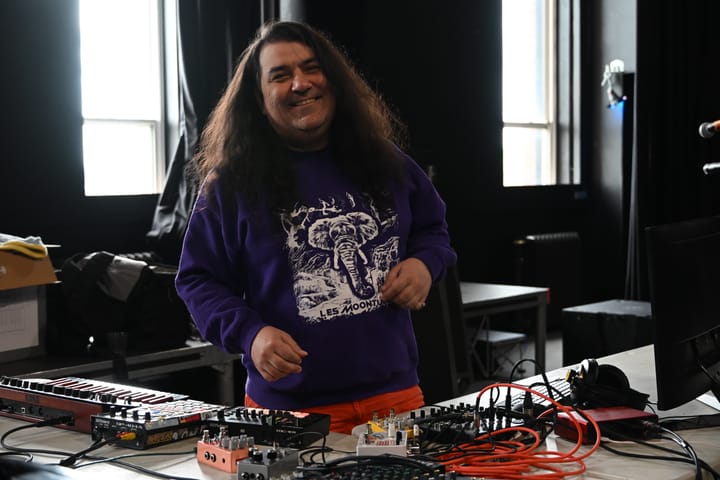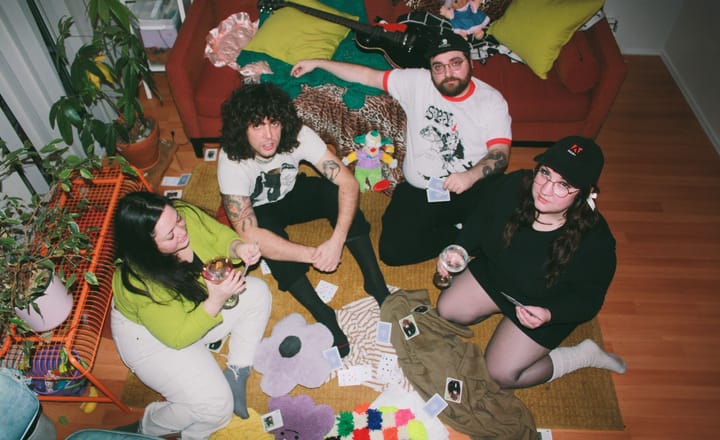
DIY Dreams: Winnipeg’s Electronic Underground is Thriving
Often associated with harsh winters, a modest skyline, and prairie landscapes, Winnipeg may seem like an isolated and quiet city to the uninitiated. But beneath its understated surface lies a rich, dynamic, and evolving nightlife culture rooted in history and community.
Winnipeg has deep and often forgotten music roots. Drawing jazz musicians, blues artists, and some of the earliest rock acts, in the mid-20th century, the city was a key stop on North American touring circuits. During the 1950s and ’60s, Winnipeg’s nightclubs and hotel bars buzzed with performances that reflected broader trends in North American music, with places like the Windsor Hotel and the Royal Albert Arms becoming gathering spots not only for local talent, but for touring bands making their way across Canada.
Out of this fertile ground grew one of Winnipeg’s most enduring contributions to global music: the Guess Who, a band that emerged from the local club scene and from which the success brought international attention to Winnipeg, giving the city credibility as a dynamic music incubator. Through the ’70s and ’80s, Winnipeg maintained a strong rock and folk music presence, influenced by its geographic isolation and a strong sense of do-it-yourself culture. The Winnipeg Folk Festival is still renowned as one of the best in the world.
By the 1990s, Winnipeg had developed a vibrant independent music scene, characterized by small venues, supportive audiences, and a tight-knit community of artists. The punk and alternative scenes flourished in underground clubs and converted spaces. A defining feature of Winnipeg nightlife, especially in the band scene, has been the strong sense of community ownership and a long history of DIY event organizing and promotion.
Lana Winterhalt, a born-and-raised Winnipeg artist working as a musician and producer, believes that DIY approach is what makes Winnipeg’s music scene so strong.
“There is, of course, the classic joke: Winnipeg is genuinely so cold that we spend our winters inside just incubating, making art. And on top of that, Winnipeg still feels like a small town-big city. There’s history here! But it’s also not a popular destination for touring artists,” Winterhalt says. “I think it could be in the near future, but I think the thing that’s really, really beautiful is that there are a lot of grassroots endeavours and opportunities that might not exist in bigger cities.”
In addition to her own work as an artist, Winterhalt runs a non-profit called Good + Plenty Arts Collective which runs a club for budding female and gender non-conforming producers that may not have access to tools and education to get hands-on experience with music production.
“I think something positive is that everything doesn’t have to be funded by RBC or yada yada just to be successful. [Government-provided] arts funding in this province is so strong, so we really are lucky compared to cities where artists might need to rely on [private] sponsorship to get projects off the ground. I think it’s easy for people to bring DIY dreams to reality in Winnipeg.”
While live bands have long held cultural sway in the province, the DJ and electronic music scene began taking root in the ’90s. With proximity to the Midwestern United States, niche genres such as happy hardcore and hard techno found a supportive and dynamic scene in Winnipeg.
Decades of involvement in Winnipeg’s rave scene have only solidified DJ Elle Fast’s love for the culture and the city.
“I was introduced to the Winnipeg scene in the year 2000 when I was still in high school. I went to a rave super randomly with a friend and her older brother. I think we busted down to the warehouse district and I just remember feeling like I had never experienced anything like this before. I was in love with the music,” Fast reflects.
Though not widely known as a bed for electronic music, beloved acts like Venetian Snares and DJ Fishead also hail from the city.
Like most early rave scenes, Winnipeg’s was largely informal, community-oriented, and word-of-mouth, centred around warehouse parties, community halls, and after-hours events. Despite the global commercialization of underground dance music culture, Winnipeg’s DIY roots continue to shine forth proudly.
“I didn’t really start DJing at shows until 2016, but since my first rave, I have always felt like there was a really supportive and healthy energy that drove the scene here,” Fast offers. “I hope it continues to evolve and people of all generations feel welcome.” Inspired by the intergenerational dimension of Detroit’s annual Movement festival, last year Fast and longtime friends and fellow DJs Shael and Mark Grimace, started Proper. — a crew that brings focus to those initial underground vibes in Winnipeg.
“There’s this huge intergenerational component [to Movement]. You know, backyard parties at people’s places, and you bring your kids and your grandma, and everyone’s just kind of grooving out to these super casual legends throwing down in someone’s garage. It’s really about the community surrounding it more than anything else,” Fast observes. She wants to bring that same community-informed approach to Winnipeg with Proper. “I hope people keep their minds open.”
However, like many North American cities, Winnipeg’s nightlife has seen waves of transformation. Economic shifts, changing regulations, and urban development projects have all shaped its evolution, and Winnipeg’s nightlife has also been impacted by gentrification and a loss of venues and gathering spaces since the beginning of the COVID-19 pandemic.
For Shael, who began her journey DJing house music in 2002, there have been peaks and valleys.
“Even though Winnipeg’s scene has changed a lot, there’s always been a pretty supportive element in the DJ scene. I think it’s always been about collaborating more than competition. Lately — and I think this is happening everywhere — it’s the obsession with likes, followers, and creating an image now making me the most uncomfortable,” Shael considers.
“A lot of rave music now is all about hype — how fast and loud it is,” she continues. “I love some fast, hard music too. But that feeling of transcending reality on the dance floor… There’s a reason people say ‘house is a feeling.’ It can be so powerful. I really hope that more of the younger generation getting into rave culture experiences more of that [original vibe and intention].”
Despite rave culture’s evolution for better or worse, artists like Shael and Elle Fast continue to nurture the desire for connection on the dance floor.
Sophia Seng, aka Solreia, who was born and raised in Winnipeg but has since lived in other cities, the grassroots history and efforts of the central Prairies city are still palpable.
“My earliest music memory growing up in Winnipeg is seeing live music in independently-run spaces with a longstanding history,” Seng shares.
As a musician, producer, DJ, sound technician, and cultural community worker, they have seen many sides of Winnipeg’s music scene. While some event spaces have closed for good, they’ve also seen the community fill that void with creative use of the spaces that remain.
“In the last few years (before moving), I witnessed that some spaces have stayed alive, but there’s also several multi-use rooms, be it restaurants with flex space, or even a renovated bowling alley with lanes adjacent to a small, stepped stage!” says Seng. “I describe the context of a place, because I truly believe having a safer, versatile container for connection allows for more wonderment and joy.”
Currently living on the West Coast, where they established an independent, multidisciplinary record label and design project called Track+Feel in 2020, Seng says Winnipeg is full of surprises. “Winnipeg’s creative community is probably larger than I know, but it’s the genuine warmth and support that makes it feel tight-knit and unmatched.”
Winnipeg continues to evolve, reflecting the same creativity, collaboration, and grit that has always defined the city, as both an older and younger generation of artists, DJs, and musicians continue to stay dedicated to the DIY energy at the roots of the city’s nightlife history. With increasing investment in cultural infrastructure and a renewed commitment to inclusive and safe spaces, the future continues looking bright, no matter how cold it gets.
Read more

Sentries: Multifaceted Noise Rock

Step Into Little Stone Crow's World

